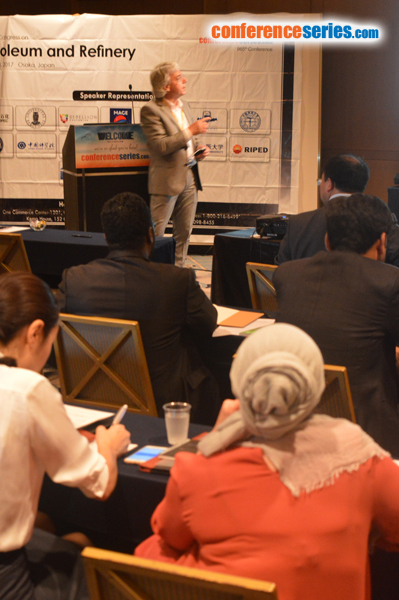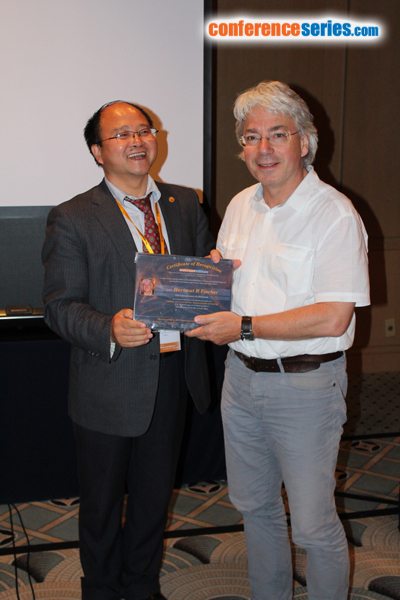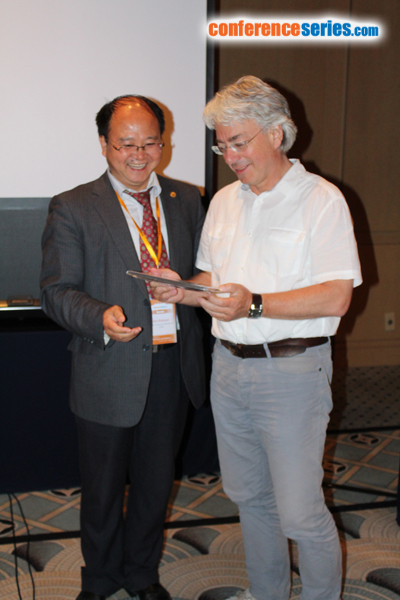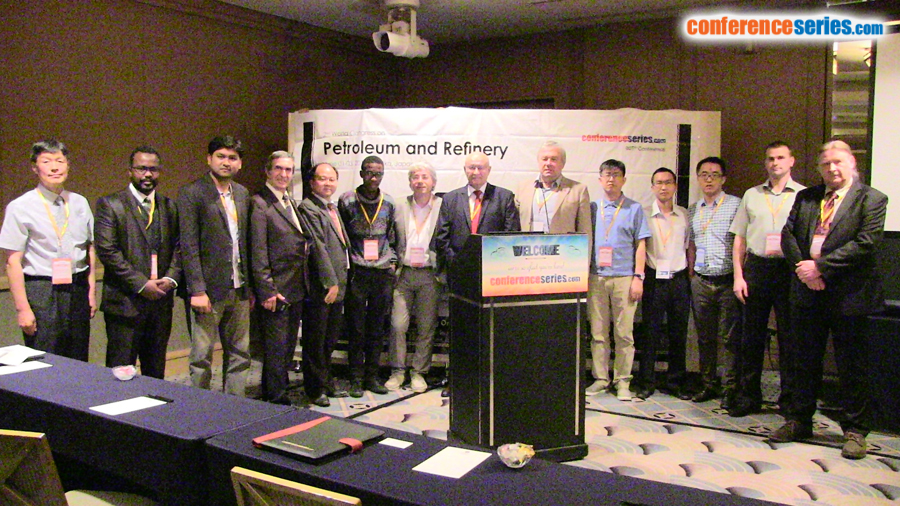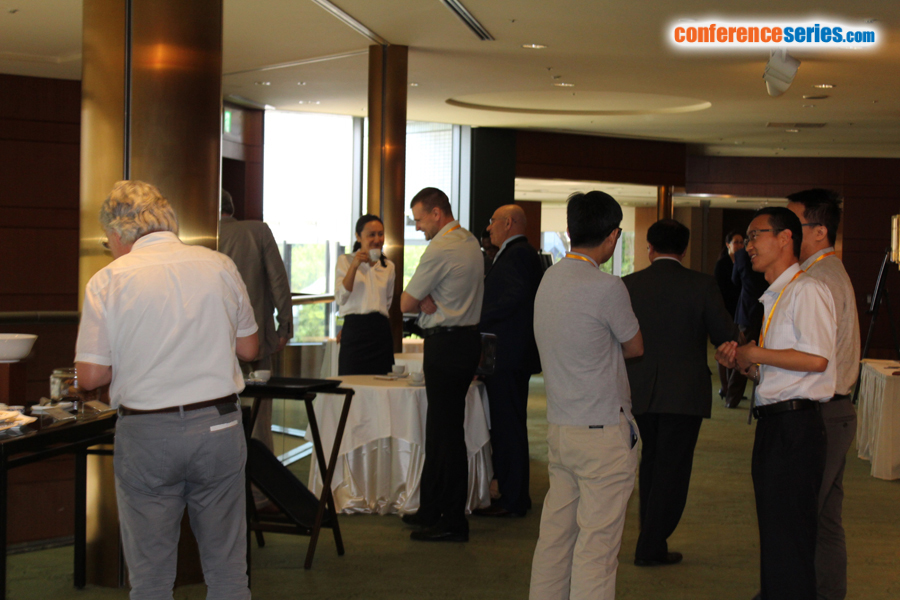
Hartmut R Fischer
TNO Technical Sciences, The Netherlands
Title: Asphaltene and wax precipitation – Common principles of structuring
Biography
Biography: Hartmut R Fischer
Abstract
Asphaltenes are a complex mixture of different molecules with similar chemical characteristics which are insoluble in aliphatic solvents (e.g. heptane) but soluble in aromatic ones (e.g. toluene). However, being also known as the ‘cholesterol’ of crude oil, they precipitate, adhere to surfaces and, in the worst cases, cause costly pipe blockages and alter the wetting characteristics of mineral surfaces within the reservoir, hindering oil recovery efficiency. Similar effects are also observed with respect to waxes. Even at very low concentrations in ‘good’ solvents, both still have a strong tendency to form nanoaggregates or nanocrystallites which transfer to micro- and macro-aggregates whose structure and formation remain largely unknown despite much research. Aggregation proceeds from specific strong interaction sites located at the periphery of the asphaltene molecules. They drive the reversible association in two-dimensional sheets, a morphology which is consistent with reported scattering and viscosity data. Precipitation eventually occurs, determined by van der Waals attractions between aggregates, when the solubility parameter of the solvent is shifted. In our current research, we have focused on the several steps to tackle this problem which can heavily impact the economic value of a project, especially in harsh sub-sea environments, where deposition can halt production altogether. For example, intervention costs for asphaltene removal for a land-based well up to $0.5 MM US translates to more than $3 MM US for off-shore well production, and the economic loss as a result of lost/delayed production can amount to $1.2 MM US per day. The ability to predict the occurrence and magnitude of asphaltene deposition in wellbores is critical to forecast the related flow assurance challenges for deep and ultradeep water production. We therefore have the goal to find a solution (chemical, mechanical or otherwise) namely to: a) Understand the issues and help characterize the problem, b) Prevent or inhibit deposition (asphaltene alone or in combination


